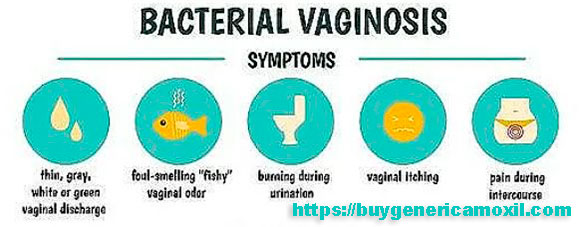Sexually transmitted infections diseases (STIs) are part of infectious pathology and have been known to man since time immemorial. At least, Hippocrates wrote about a disease very reminiscent of gonorrhea as early as the 5th century BC. e., and already in the II century, Galen described the full clinic of this disease and introduced the term “gonorrhea”.
Special X-ray paleontological studies have established the syphilitic nature of damage to the bones of skeletons from burials dating back to the 2nd century BC. e.–1st century. The syphilis epidemic in Europe in the 15th-16th centuries claimed tens of thousands of lives and attracted the attention of not only doctors, but also the enlightened public of Europe, writers, and poets.
The treatment of syphilis at that time was mainly carried out with mercury preparations, which were rubbed into various parts of the skin or even inhaled in the form of vapors. Of course, the severity of the course of syphilitic infection weakened, but the number of cases of damage to internal organs and the nervous system as a result of the toxic effect of mercury increased.
The first drug to combine the effectiveness of the treatment of syphilis and relatively greater safety than mercury was the famous drug 606 (salvarsan), synthesized by Ehrlich in 1909. This was a historical moment that marked the birth of the era of chemotherapy for infectious diseases.
In the 1930s, sulfanilamide preparations were synthesized, which proved to be very effective for the treatment of gonorrhea and other inflammatory diseases of the urogenital region, the etiology of which was still unknown at that time.
However, antibiotics proved to be the most effective in the fight against STIs. The very first experience of treating syphilis with penicillin in 1943 by Mahoney, Arnold and Harris was extremely successful: even small doses of penicillin led to a stable cure for syphilis in humans and experimental animals. More than half a century has passed since then, but even now antibiotics are the main, and often the only, drugs for the treatment of STIs.
Sexually transmitted infections: Syphilis
Penicillin and its derivatives are the drug of choice for the treatment of this severe systemic disease. Penicillin is used in the form of water-soluble (sodium) salts, but more often in the form of mixtures with carriers that ensure a long stay of the drug in the body (the so-called durant drugs). The drugs of medium duration include procaine-penicillin, which has quite convincing pharmacokinetic indicators, due to which it is successfully used during pregnancy for both basic and prophylactic treatment. In general, it should be said that the modern possibilities of chemotherapy for syphilis have forced us to reconsider the concept of it as an indication for abortion. Syphilis is primarily an indication for treatment, while the decision to terminate a pregnancy depends entirely on the desire of the mother.
In case of intolerance to penicillin, tetracycline drugs (doxycycline) or erythromycin are recommended. However, alternative treatments for sexually transmitted infections have a number of disadvantages that limit their use. Tetracyclines have a photosensitizing effect, they cannot be administered to children under 8 years of age, they are taken orally, which reduces their compliance.
Urogenital chlamydia
The danger of this infection is the asymptomatic nature of the course, late diagnosis and the development of complications in both women and men, the main of which is infertility. Therefore, the treatment of urogenital chlamydia is given special attention by specialists. Currently, the greatest difficulty for therapy is the so-called persistent forms of chlamydia. Apparently, these are chlamydia, which are at the stage of elementary bodies, which, for unknown reasons, stopped their further development. A similar condition is often observed after the treatment, when the clinical symptoms have passed, but chlamydia continues to be detected.
Urogenital mycoplasmosis, will amoxil help in this case? In recent years, our ideas about the role of mycoplasma infection in the occurrence of urogenital inflammatory processes have changed somewhat. The usual finding of these pathogens during examination of a patient without any clinical manifestations is not an indication for treatment, since these microbes are found in the urogenital tract of healthy women and men.
Bacterial vaginosis
Bacterial vaginosis does not belong to sexually transmitted infections, but is a violation of the biocenosis of the vaginal ecosystem, the causes of which remain unknown. And although nitroimidazoles remain the leading drugs for the treatment of bacterial vaginosis, amoxicillin / clavulanate is also often used to combat anaerobes.

In conclusion, it should be said that in general there are no problems with the treatment of STIs (with the exception of HIV infection). Timely diagnosed infection, adequate therapy not only for the patient, but also for his partners, provide etiological sanitation in almost 95-97% of cases. The remaining cases require a more individualized approach, taking into account the sensitivity of the microflora to the antibiotics used, the presence of associated infections of the urogenital tract, and other circumstances.